

What is a CRM strategy?
A Customer Relationship Management strategy is a plan to grow sales and improve customer service through a combination of processes, actions, and technology. It typically involves the sales, marketing, and customer service functions of a business.
What was once the traditional buyer-seller model has shifted from transactional to customer-centric. Customer relationships today require higher levels of maintenance, which is why businesses now have entire CRM strategies dedicated to managing them.
One of the reasons is that consumers have bigger expectations than ever when it comes to customer service. They’re not going to think twice about going elsewhere if yours isn’t up to scratch.
When we hear the words ‘CRM strategy’, we’re inclined to think about CRM software. But software is only one piece of a much larger puzzle.
The best customer relationship management strategy incorporates both people and software.
Stay tuned for our comprehensive 8-step guide to developing a CRM strategy for your business.
What will CRM strategy do for my business?
There a number of reasons why your business needs a CRM strategy.
A good CRM strategy will help you:
- Provide an enjoyable customer experience at all touchpoints of the customer journey
- Strengthen collaboration between sales, marketing, and customer service teams
- Clearly and quickly identify the most worthwhile leads and opportunities
- Keep track of your leads and customers as they move through the buyer funnel
- Carry out targeted marketing campaigns
- Produce concrete figures and data insights to inform and guide your future business strategies
How to create a CRM strategy from zero
There are 8 essential steps to follow when creating a CRM strategy from scratch.
Step 1: Define your CRM strategy vision and goals
The first thing to do before creating a CRM strategy is to revisit your overall business strategy and high-level business goals.
Create a vision of what you want to achieve from the CRM strategy. That way it has a clear purpose from the very beginning.
Think about how you want to contribute to the success of your business.
Increased customer satisfaction, higher productivity and efficiency, and decreasing customer churn rates are all examples of common CRM strategy goals.
Remember, your CRM strategy is not an end in itself. It exists to drive business goals. So you need to integrate it into the overall strategy of the business.
Step 2: Define your target customer with buyer personas
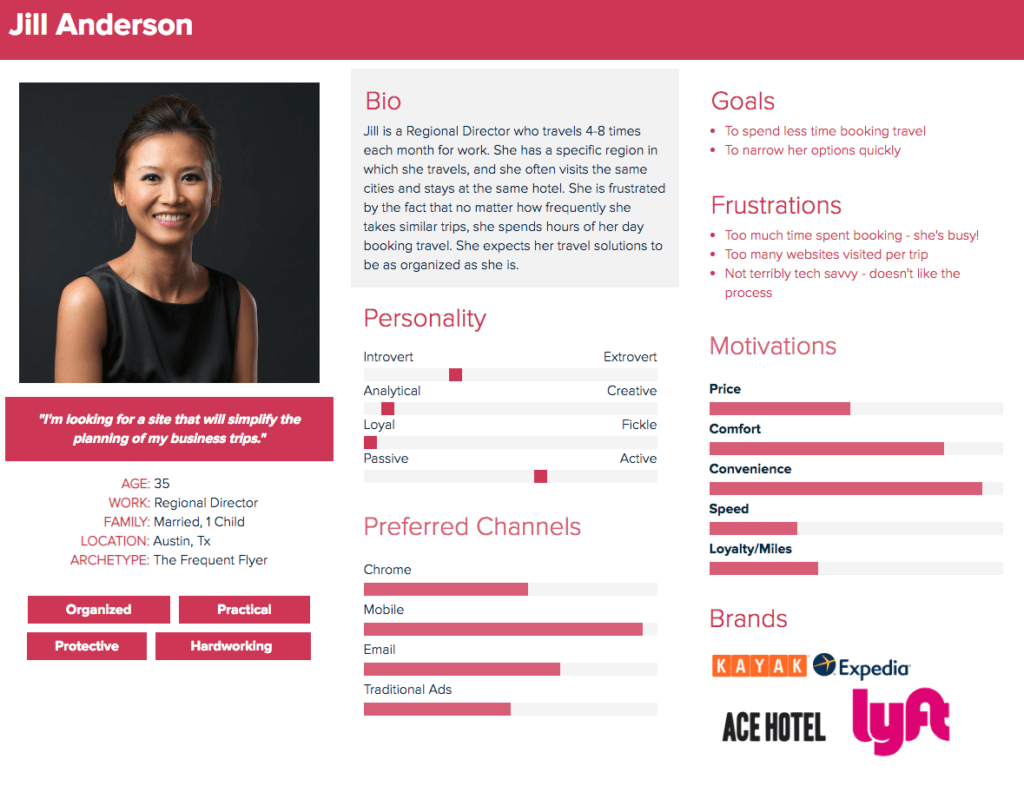

Create a buyer persona that represents your ideal customer. Make it as detailed as possible. Include information such as demographic and behavioral characteristics, as well as interests, challenges, and aspirations.
Here are some research methods you can use:
- Interview your sales and customer service teams
- Study different customer profiles and even interview customers directly
- Send customer surveys
To maintain strong customer relationships and attract quality leads, you need to understand exactly who is purchasing from you and why.
Having a clearly defined buyer profile is essential to becoming a customer-centric business. It’s key to ensuring your teams are focused on the true needs and expectations of your customers.
That’s not all. Knowing exactly who to target will also ensure your sales and marketing don’t waste time on unsuitable leads.
Step 3: Define your customer journey
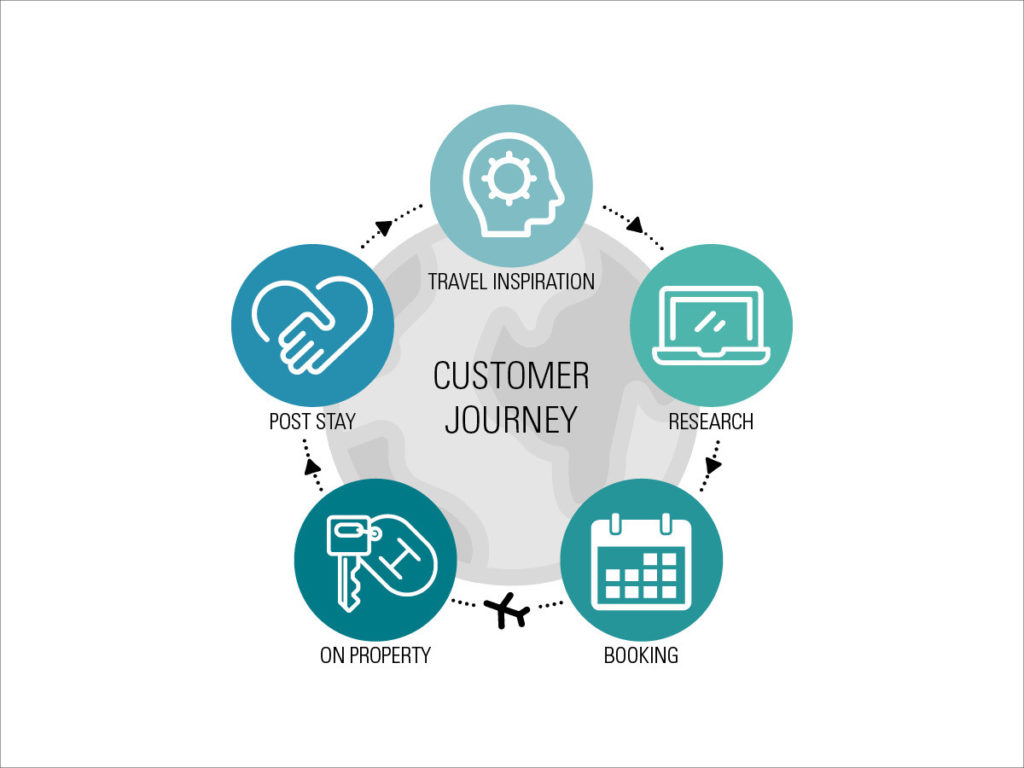
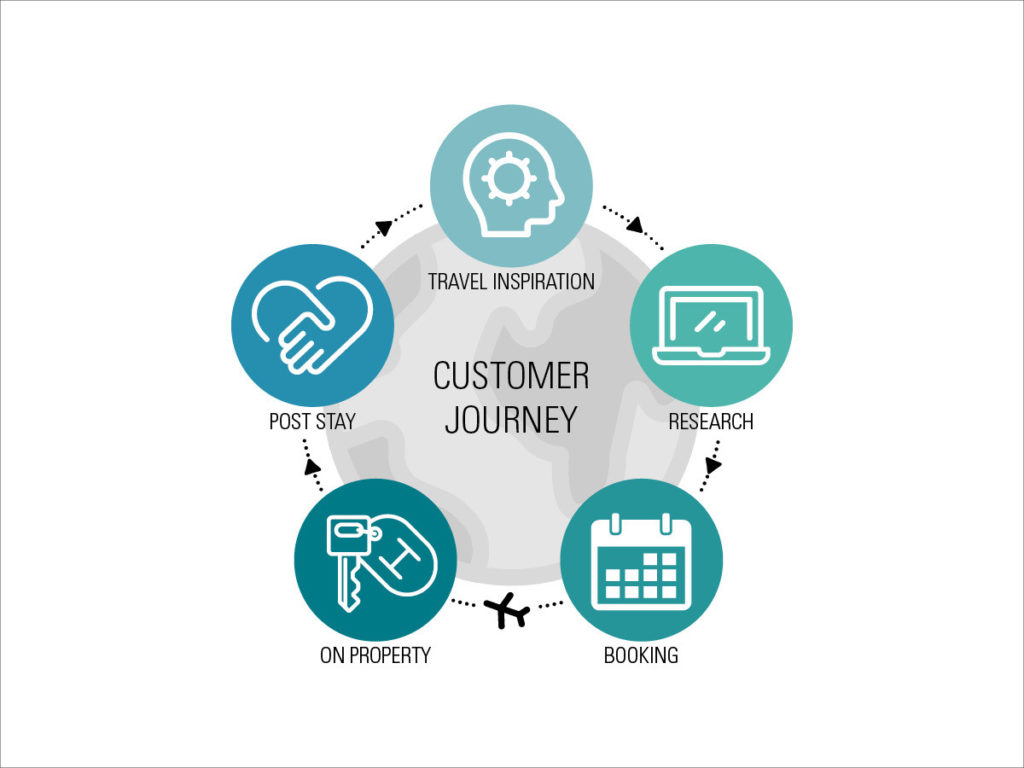
Customer journey example from GCH Hotel Group (source)
To master customer relationship management, you need to know each and every step of the customer journey. Then you need to ensure a top notch customer experience at each of those touchpoints.
Start at the beginning.
Map every single customer interaction from the moment they first discover you. It might be through digital ad campaigns, email marketing, direct contact with team members, or other processes.
This is where you’ll highlight areas for improvement and establish who is responsible for what.
When mapping each stage of the buyer journey, ask yourself:
- Which team/process is interacting with the customer at that moment?
- How can these interactions be improved?
- Look at the buyer personas developed in Step 2. Based on what you know about your customer, is this his or her preferred means of communication? Could there be a more effective way to get your message across?
- What’s the customer trying to achieve?
- What challenges does the customer face? How can you offer better support?
- What content is the customer coming into contact with?
Step 4: Establish the processes for a 360° customer experience
Your CRM strategy planning so far should have highlighted the areas that need improvement.
Now you’re going to look at the structure of your internal processes. Do you have the resources in place to provide a 360-degree customer experience?
Do an audit of roles and responsibilities to check all the necessary bases are being covered .
Here are examples areas to optimize processes:
- Presales: How are you doing when it comes to analyzing customer needs, gathering information, and putting together business cases?
- Sales processes: What sales tasks can be automated to increase efficiency?
- Customer relationship management: Are your offers tailored to your customers’ needs? Are your communications personalized and relevant?
- After-sales: Have you got the necessary support systems in place to resolve customer problems quickly? What feedback do you receive on the quality of your customer service?
In short, ask yourself ‘How can I do it better?’ and then make the necessary changes within your organization.
Step 5: Study the market and know your positioning
It’s always a good idea to look to the competitive landscape for inspiration when developing CRM strategies.
Ask yourself:
- Where does your company fit into the market?
- What is your unique selling proposition (i.e. what makes you different from others in your space?)
- How do your competitors differentiate themselves?
- What opportunities exist?
- Can you learn anything about how your competitors handle customer relationships?
- What are the trends in your industry right now?
Step 6: Knowing your product or service
Take the time to revise and develop your product/service narrative and elaborate your value proposition.
What are the messages you want to transmit? What benefits do you want to highlight? Why should a customer choose you over your competitors?
Communicate this narrative internally and implement employee training where necessary. Everyone needs to be on the same page, relaying the same message.
This is also a good opportunity to define your brand tone of voice and put in place best practice guidelines for communicating with customers.
Step 7: Invest in CRM software
One of the best ways to drive forward your CRM strategy is to invest in a CRM software for your business.
It’s great for collaborating between teams, storing customer data and keeping track of all interactions between you.
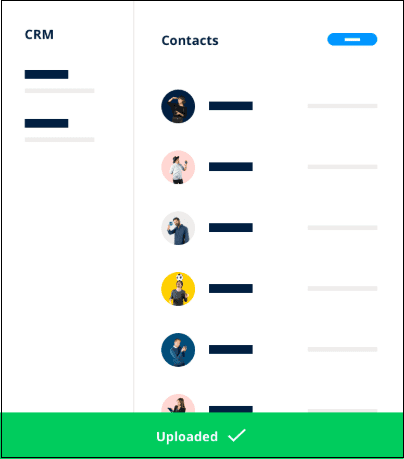
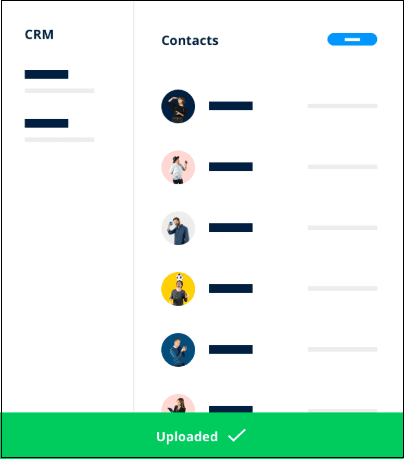
Define your CRM software needs by evaluating your existing business processes and getting input from teams.
The main factors to be considered when choosing a CRM software are price, capabilities, and ease of use. It’s also important that your CRM can integrate with your existing tools.
Marketing integrations aren’t an issue with Sendinblue’s CRM as it’s part of the all-in-one marketing platform. If you already use Sendinblue for marketing, campaign history will appear in contact profile along with engagement metrics.
You can also set task reminders and send emails directly from the contact profile page.
Good news – Sendinblue’s CRM feature is now available on the free plan! ? Sign up and test-drive it today. No credit card required.
Once you have the software, you need to define rules for using it. Designate an admin to manage user access. When and how will your teams use this software?
You also have to define what constitutes a lead, prospect, or opportunity, etc.
It’s a good idea to put in place a pilot committee that’ll be responsible for training people how to use the CRM software.
Remember to clean your contact list before importing it so that you’re starting off with an organized and up to date database.
Further reading: 5 Ways CRM Software Boosts Customer Experience for Small Businesses
Step 8: Setting Key Performance Indicators (KPIs) for each team
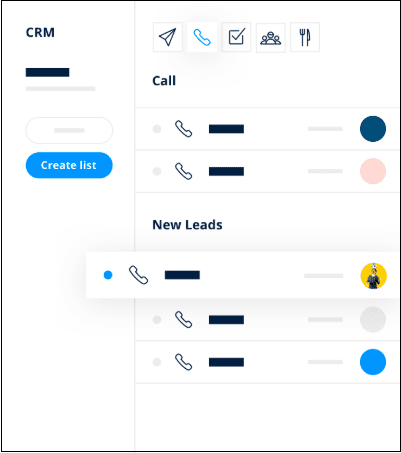
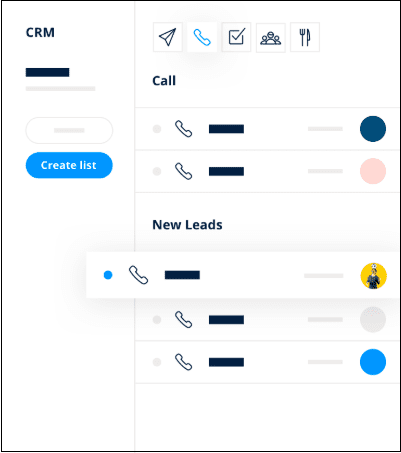
All strategic actions need to be backed up by figures and data – and your CRM strategy is no exception. You need to be able to measure its progress.
You outlined your CRM strategy goals back in Step 1. Now you’re going to give your team some concrete targets to work towards.
When setting objectives for your teams remember to make them S.M.A.R.T (i.e. Specific, Measurable, Achievable, Realistic, and Time-bound).
Examples of performance metrics you may wish to include are:
- Customer satisfaction
- Customer retention
- Customer churn (when a customer leaves the company)
- Profits (overall total, totals per customer/account)
The success of your CRM strategy depends on the levels of engagement and collaboration of your teams.
Get your employees on board from the beginning. Keep them informed, educated, and up to date on all aspects of your CRM strategy.
Launch your CRM strategy today
A well-thought out CRM strategy will do wonders for your customer retention and bottom line.
Follow the 8 steps above and you’ll be well on your way to customer relationship management success.
For more content like this, sign up to our newsletter and follow us on Twitter.
 Deutsch
Deutsch




















